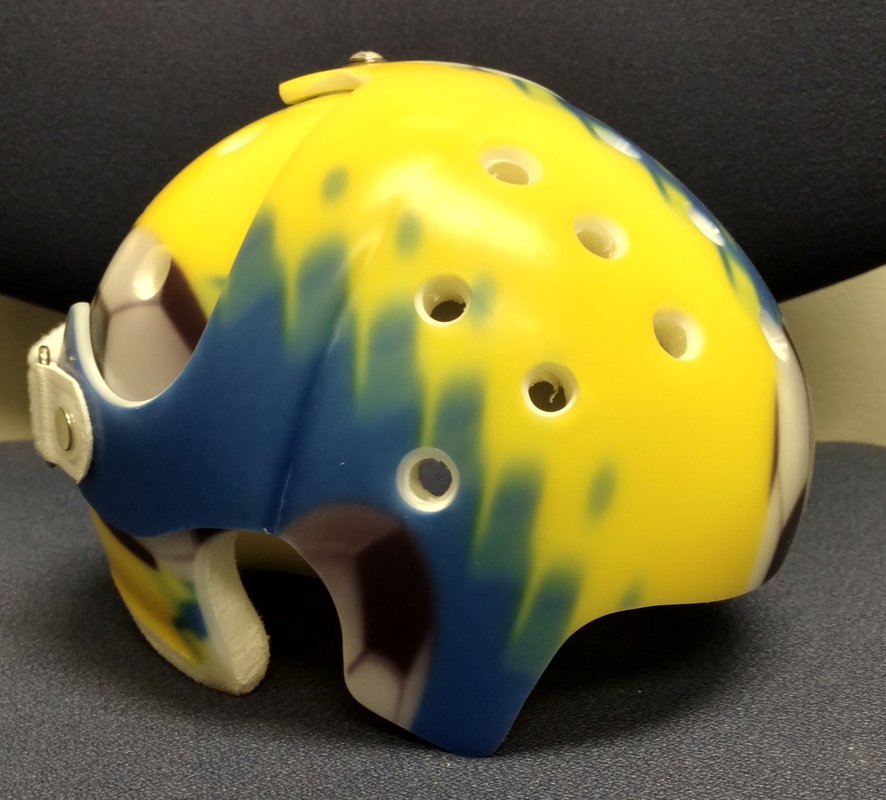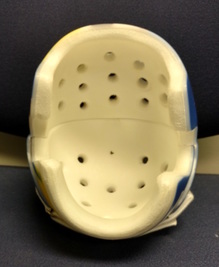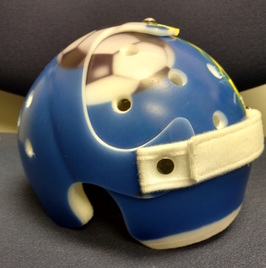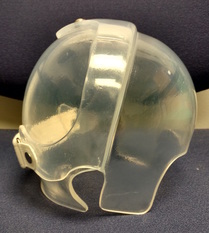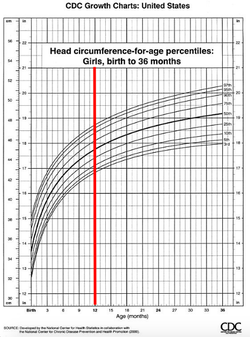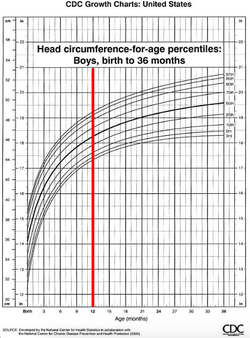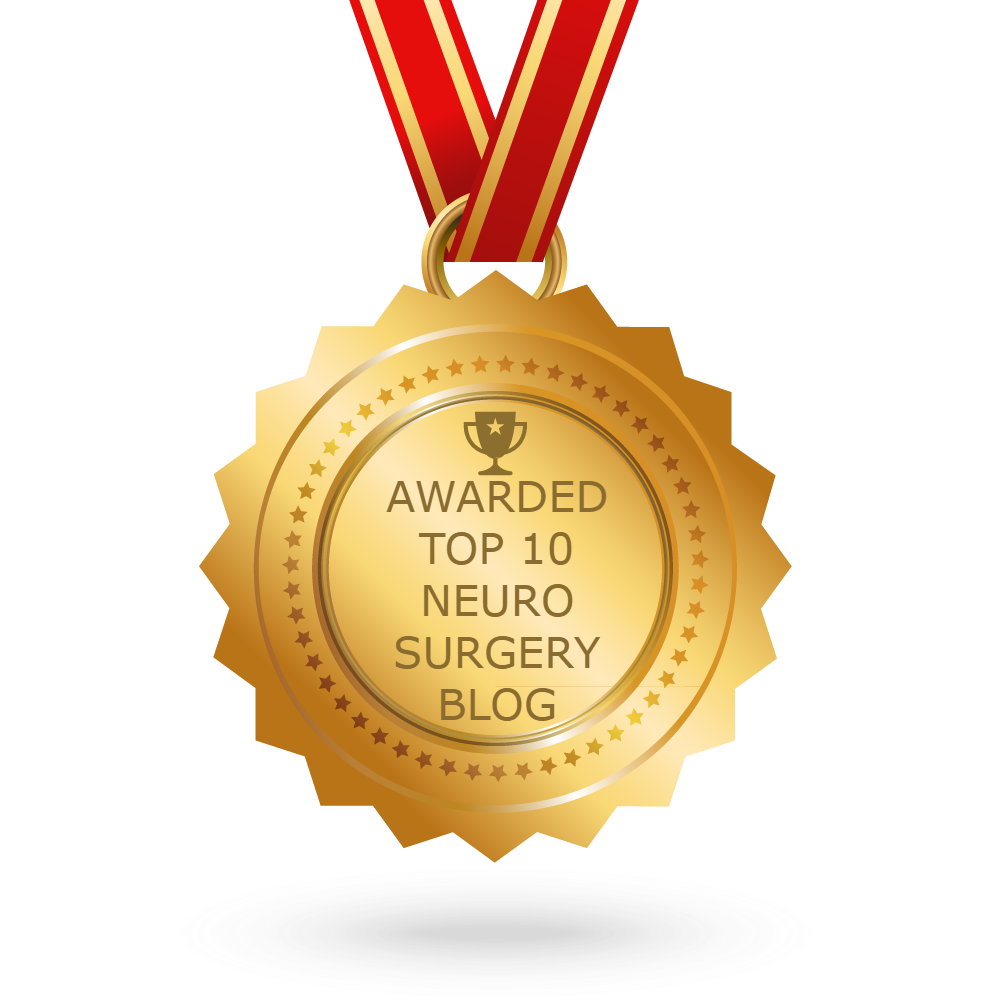Question: What is the best way to clean the helmet? Answer: Due to a combination of sweating, infant "cradle cap", and bacteria, the helmet may have an unpleasant fragrance over time. Helmets that have soft foam spacer pads applied at the neck or forehead, we recommend utilizing Isopropyl alcohol applied to a towel and lightly scrubbing the inside and outside of the helmet daily. Please make sure to not let the alcohol touch the small crescent shaped pads as the pads will release from the helmet. If the helmet does not have the pads listed above, we recommend applying a small amount of antibacterial dish soap to a wash cloth and clean the helmet gently and without submerging. Rinse the helmet thoroughly and set in front of a fan for approximately two to three hours so the helmet can dry. Please do not wash the more than one time per week. If cleaning the helmet once per week with dishwashing soap, we also recommend cleaning the helmet daily with alcohol to keep the helmet sanitary. Please refrain from using scented alcohol as this can cause skin irritation. Question: Why does my child sweat so much while wearing the helmet? Answer: Children have a high metabolism and it is common for excessive sweating to occur throughout helmet treatment especially during the summer months in Texas. We recommend keeping your home at 74 degrees Fahrenheit or below and to have a fan on in the room to keep the air circulating. When traveling in a car it is a good to cool the car down before placing the child into their seat. Question: Why are there red marks on certain areas of my child’s head after I have removed the helmet? Answer: Because the helmet utilizes pressure to shape the head as it grows, some red marks are to be expected throughout the treatment. However, if the skin is red accompanied by raw or moist skin, contact your orthotist and arrange for an adjustment to the helmet. Question: Why can’t the helmet adjustments be made in the clinic at Texas Children’s Hospital? Answer: The helmet is made of medical grade materials that require specialized machines and tools utilized by the orthotist. As a result, the helmets must be adjusted offsite at the orthotist clinic. Question: Why does the helmet need to be worn 23 hours per day? Answer: The helmet acts as a shape-mold with a predetermined shape so the various pressure points and empty space guides the child’s natural brain and skull growth into a symmetrically shaped head. Children at such a young age grow rapidly and sporadically, so to insure the optimum correction the helmet must be worn at all times except during bathing. Helmets being used AFTER SURGERY
Question: When will we be done with the helmet? Answer: While the clear helmet is primarily for infants right after endoscopic craniosynostosis surgery, most babies experience rapid head growth when they are several months old. Thus they are expected to outgrow their first clear helmet and are usually fitted with a new foamy patterned helmet over time. Patterns can be chosen for this bigger foamy helmet. See some helmet pattern design options here. Patients are seen on a monthly basis at the craniosynostosis surgery clinic to monitor for healing, growth, milestones, and head shape development. Most patients are in the helmet for 4-6 months (sometimes up to 8 months) after surgery, and as each person is different, the surgery team needs to evaluate the child every month to monitor progress and healing to determine when is the right time to come out of the helmet. Helmets for POSITIONAL PLAGIOCEPHALY (such as head shape deformity due to sleep position)Question: When will we be done with the helmet? Answer: Infants have rapid head growth up to 12 months of age, then the rate of growth starts to slow down. For instance, by age 2, toddlers have usually attained 80% of their future adult head size. The helmet helps to encourage the infant’s natural head growth to happen more in the areas that are flat from positioning as an infant, and to grow less in the areas that are already prominent. The helmet holds more tightly where infants’ heads are “bulgy”, and the helmet has extra space where we want to direct the head growth preferentially. The helmet does not push the skull back into shape. Rather, it gently encourages the infant’s growth to happen in a certain direction where they need to round out. Patients are seen on a regular basis at the head shape clinic to monitor for helmet fit, milestones, and head shape development. Most patients are typically in the helmet up until 12 months of age, adjusted for prematurity. The head shape clinic team led by Dr. Thomas Luerssen evaluates each child regularly (usually every 6 weeks for the diagnosis of positional plagiocephaly or positional brachycephaly) to monitor progress and to determine for each individual child when is the right time to come out of the helmet. Remember, this information cannot substitute for regular visits with the orthotist and the doctor to avoid any potential problems and to work toward the best outcomes possible. I hope this FAQ is helpful!
Thanks to Jim Brookshier for experienced helmet wisdom. |
Pediatric Neurosurgery teamThings we are passionate about Archives
May 2023
Other linksmy TCH blog post on - organizing your medical records for doctor's appointments - Craniosynostosis 101 our patients' moms blog about their family's - epilepsy surgery journey - craniosynostosis surgery journey some of our inspiring patient and family stories in the news: - epilepsy surgery - craniofacial surgery - AVM surgery Cross-post & links to my posts on other sitesUpdates on pediatric cerebrovascular disease in #NeurosurgeryBlog
Comments on health policy, pediatric neurosurgery, and the Affordable Care Act in the #NeurosurgeryBlog Sharing on the "ask-the-doctor" series on the Children's Craniofacial Association's blog - helmet FAQs: after endoscopic craniosynostosis surgery - helmet FAQs: positional plagiocephaly Top rated neuroscience blog
|
SITE MAP |
Content is not medical advice. Disclaimer.
|
